
Programmatic is Dead. Long live Programmatic.
Or whatever we’re gonna call it this year. Real-time data-led decisioning is obviously now behind pretty much every ad that get’s booked, as are the technology solutions to connect to addressable media – 90% of 2020 display spend (£6.8B) is expected to be programmatic*, and ever more so in the evolving OOH and TV broadcasting landscape.
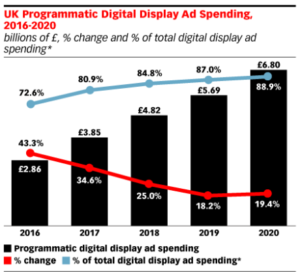 *eMarketer UK ad spending report 2019
*eMarketer UK ad spending report 2019
As such, we thought we’d put together 7 quick viewpoints that (continue to be) high areas of interest;
- Trust
Buying through a programmatic specialist team, or through technology, shouldn’t reward with bonuses, increased margin, or anything else – it should be the soley based on the best solution for the campaign activation and optimisation.
- Agnostic
Campaign deliverly should not be swayed by anything other than a campaign goal – client’s are investing more and more now, and shouldn’t have to question whether any other KPI is at play.
- Humanist
Client’s should have an honest and open opinion, and agencies shouldn’t take budget or campaigns just for the sake of it. Can this budget go direct to a publisher? Is there a way programmatic can work alongside a tradional buy? Is there a justifiable attribution towards channels? Will the creative just not work and need push back?
- Fully integrated and holistic planning and buying
Data and technology is a tool, not a line on a plan – programmatic needs to stop being considered a budget.
- Creative at the heart
Internet users should never see a bad ad! The behavioural impact of CTA, colour, branding, audio, emotions, etc, is undeniably highly important in a campaigns performance. Digital creative strategy, consultancy and solutions should sit on the same table as everything else to ensure that every ad is optimal for every user.
- Data informed, not data led
Data is great, and with the right tools traders have more than enough to make every penny count. But there are other elements at play during a campaign that should always be considered, and used – trending news, weather, competitor offers, and obviously hundreds more. Sometimes the DSP goggles need to come off!
- Transparency
At the7stars, we provide 100% transparency across our programmatic campaign buys, running only on Ads.txt inventry, and recently IAB Gold Standard, and DSTG certified.
It’s an obvious one this….but if a business can’t offer transparency and agnosticism along the programmatic supply chain, to the best of their ability, then clients should always be asking questions.
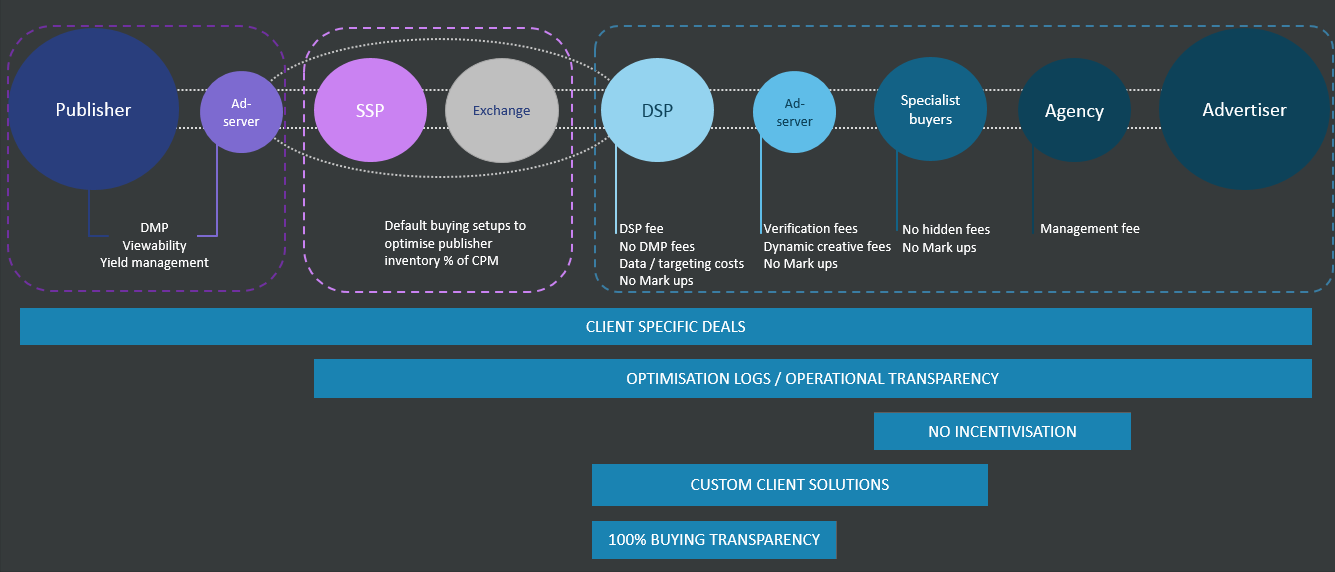


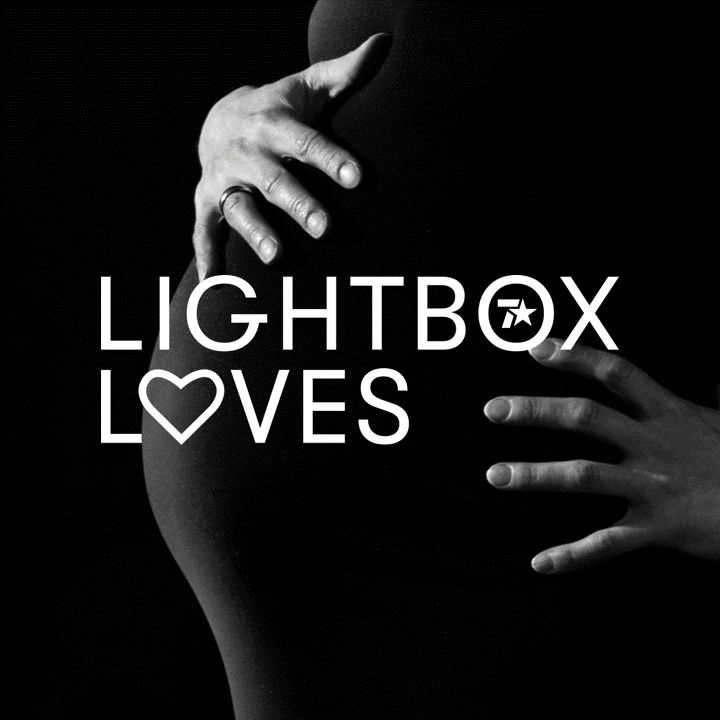
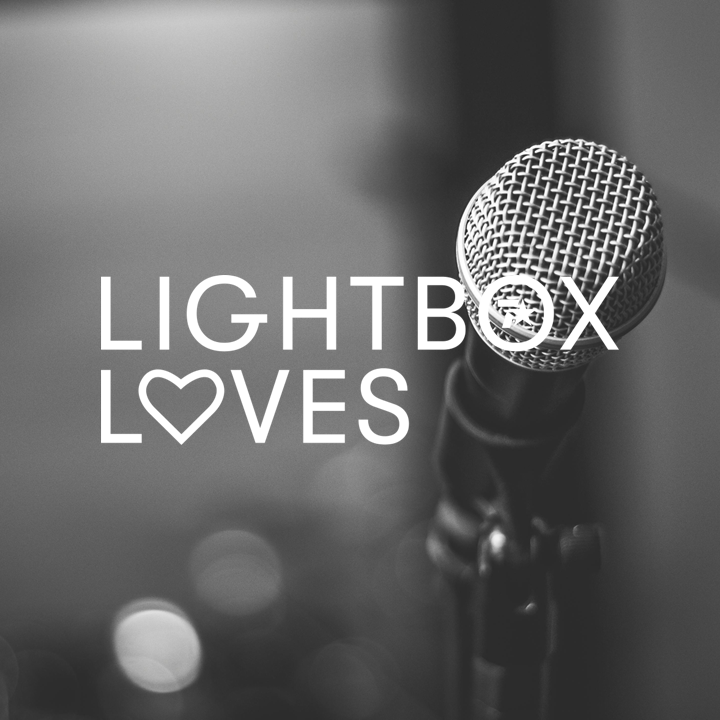
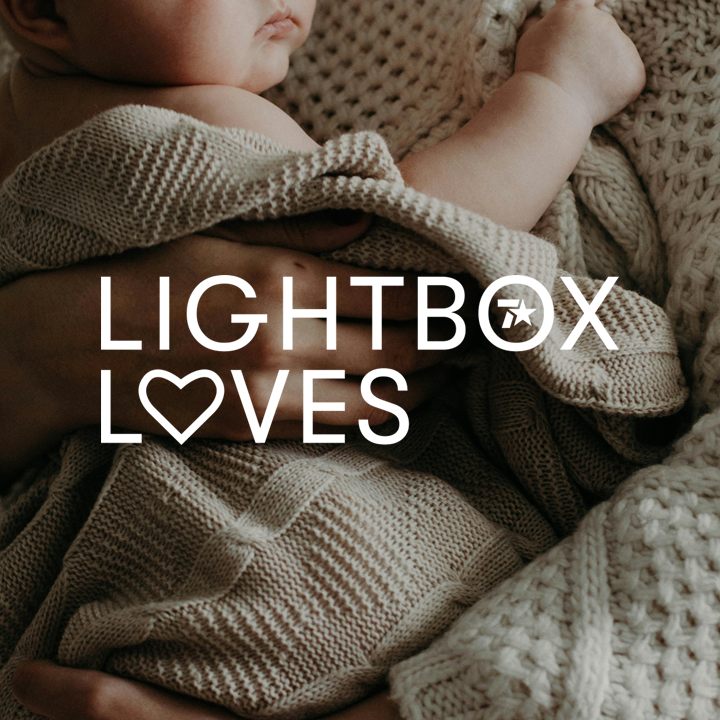
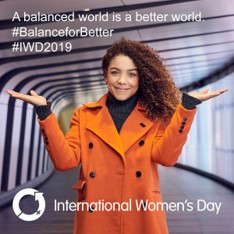
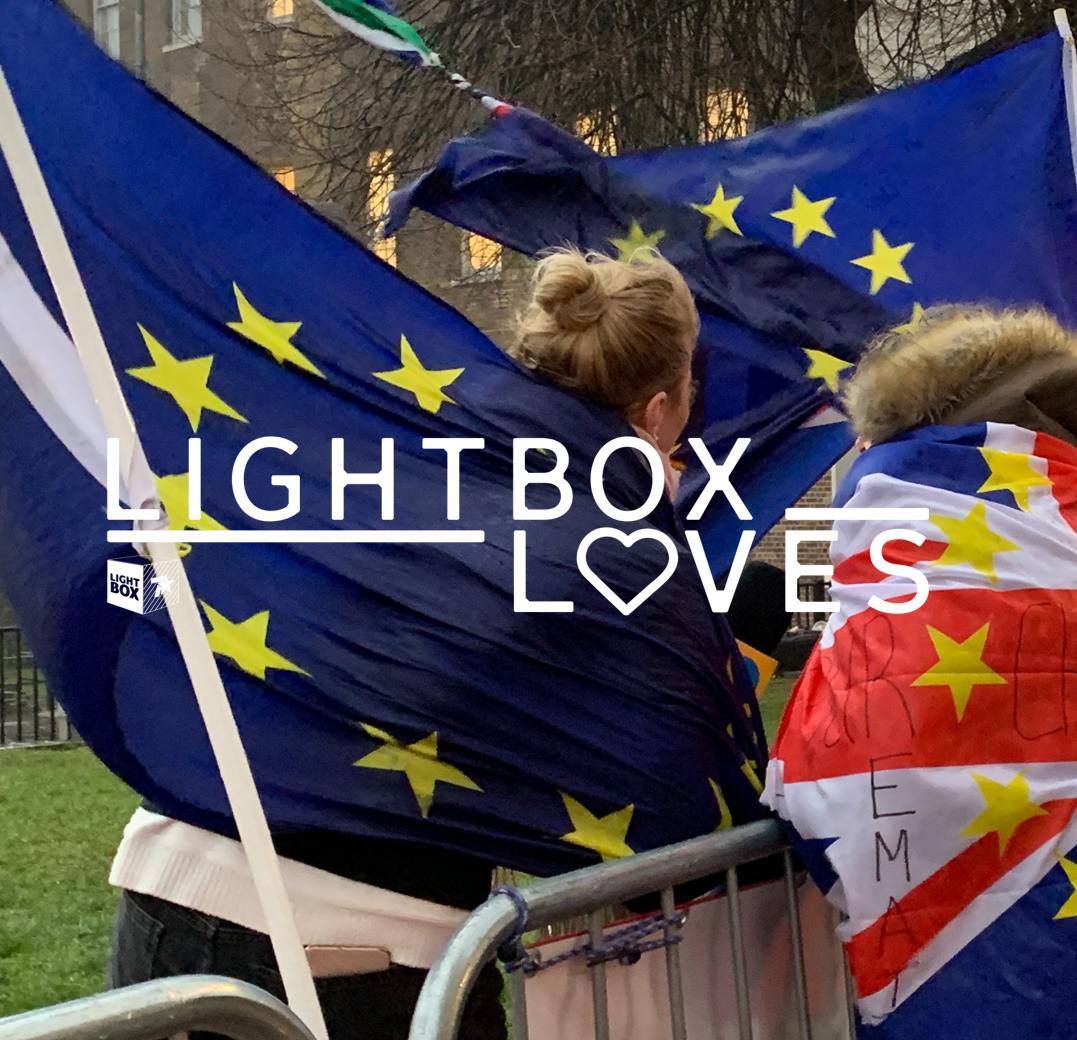





Recent Comments